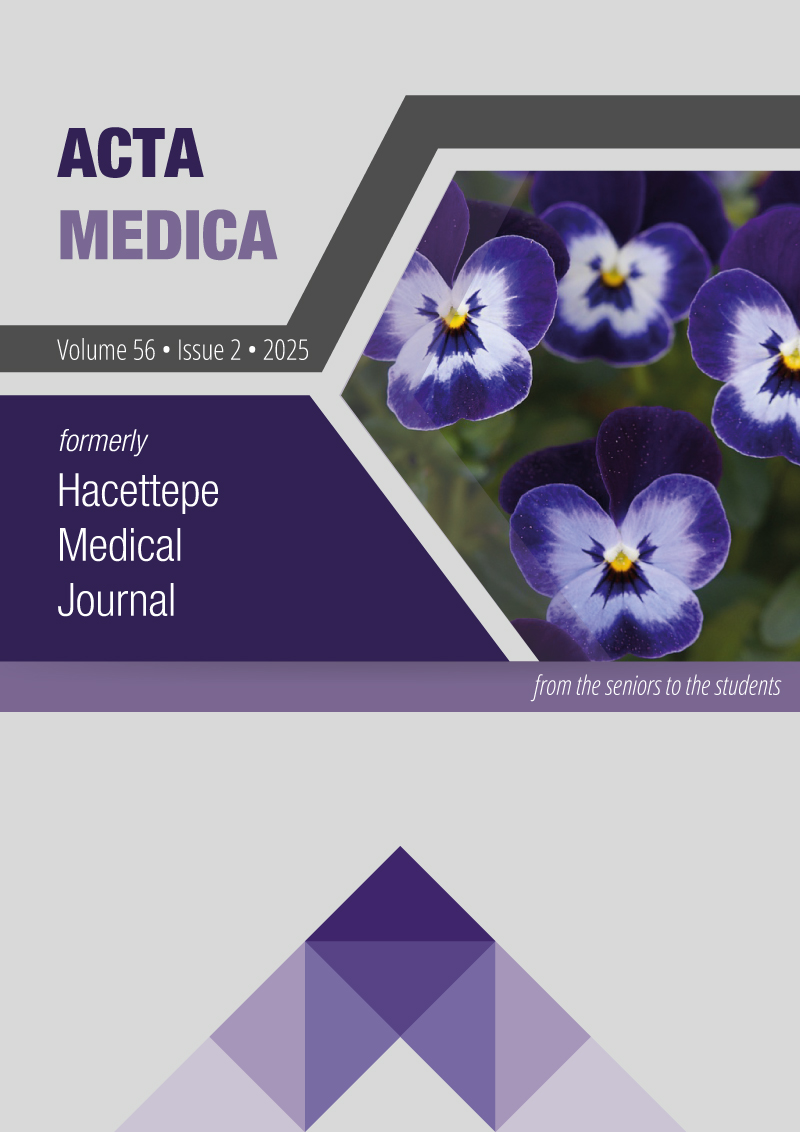Fibrosis- 4 index and survival in early breast cancer patients
DOI:
https://doi.org/10.32552/2025.ActaMedica.1088Keywords:
Breast cancer, Fibrosis-4 index, anthracyclines, survivalAbstract
Background: The objective of this study is to assess the correlation between survival outcomes and fibrosis-4 (FIB-4) index in patients with non-metastatic breast cancer treated with anthracyclines
Methods: This study was conducted on individuals with non-metastatic breast cancer who were treated with at least one dose of anthracycline from 2018 to 2023. The FIB-4 index was calculated based on the following parameters: age, aspartate aminotransferase (AST) and alanine aminotransferase (ALT) serum levels, and platelet count for each patient before anthracycline treatment.
Results: A total of 208 patients were included in the study. Patients below 35 years of age (n=28) and those above 65 years of age (n=11) were excluded from the study as the FIB-4 index is less reliable in these age groups. Patients were then divided into two subgroups, low and high, according to the pre-defined cut-off value of 1.45, which is obtained from the primary reference. In univariate analysis, hemoglobin (p=0.03), FIB-4 index (p=0.02), and diagnosis at stage (p=0.01) were statistically related to overall survival (OS). In multivariate analysis, patients with higher FIB-4 index (HR: 4.36, 95% CI 1.38-13.78 p=0.012), anemia (HR: 3.32, 95% CI 1.32-8.34, p=0.011), and stage 3 (HR: 4.53, 95% CI 1.22-16.76, p=0.024) had decreased OS. An additional aim was to evaluate the association between anthracycline-induced cardiotoxicity and the FIB-4 index. Our study showed no relationship (p=0.738).
Conclusions: The FIB-4 index, a marker easily obtained through routine biochemistry testing at low cost, could serve as an independent predictor of OS patients with non-metastatic breast cancer treated with anthracyclines. Routine lab tests performed for cancer patients may help clinicians identify high-risk patients in whom closer follow-up or protective measures should be considered.
Downloads
Downloads
Published
How to Cite
Issue
Section
License
Copyright (c) 2025 Acta Medica

This work is licensed under a Creative Commons Attribution-NonCommercial-NoDerivatives 4.0 International License.


